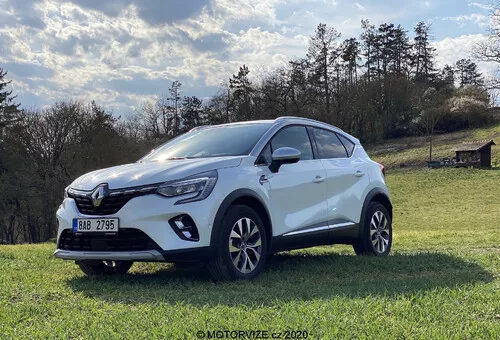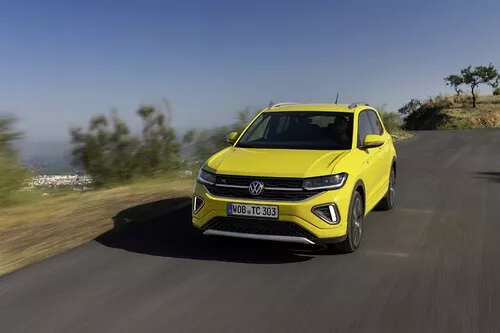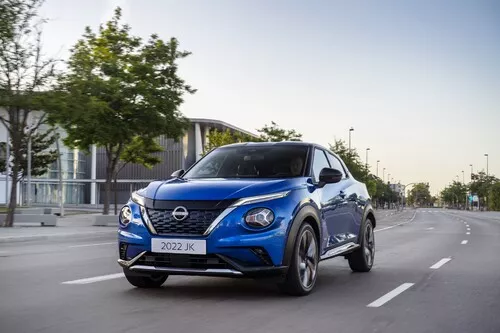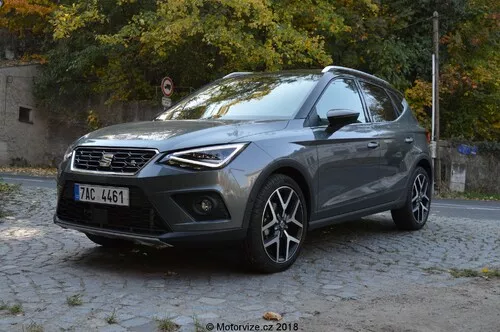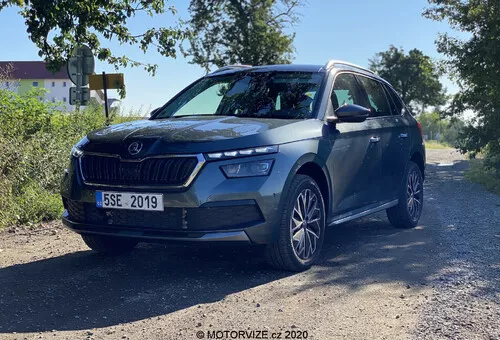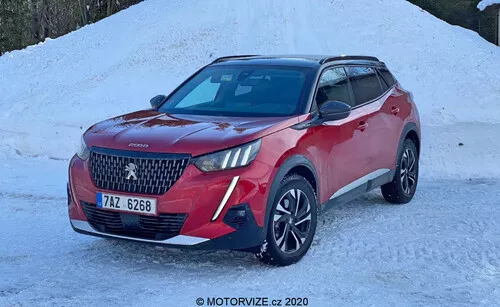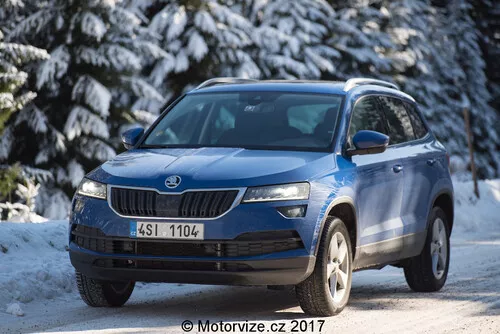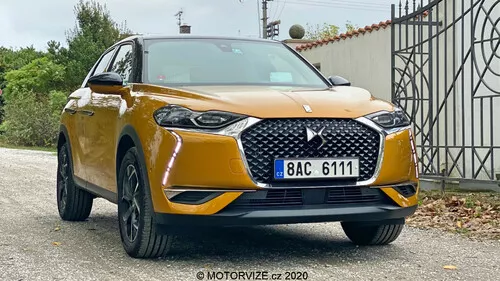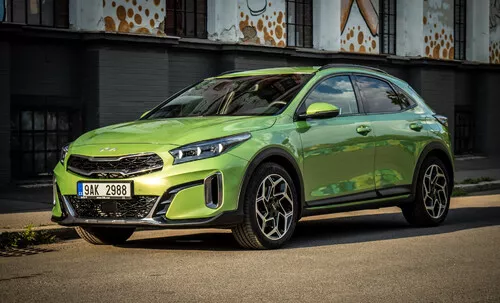Comparison: wheelbase Hyundai Bayon vs. competitors 2025
In the realm of small SUVs and crossovers, wheelbase can tell you a lot about a vehicle's roominess, ride quality, and even its handling. Enter the Hyundai Bayon, Hyundai's contender in the crowded, yet increasingly popular small SUV market. With its wheelbase clocking in at 2580 mm, the Bayon might not stretch the tape measure to its limits, but it does strike an interesting balance between compact urban agility and the spatial needs of its occupants. As it has been since its introduction in the 2021 model year, this wheelbase hasn't seen generations of evolution yet, but it's worth exploring how this footprint fares in today’s market.
Hyundai Bayon - How has the wheelbase changed over the generations?
As the Bayon is relatively new to the scene, it hasn't gone through generational changes that often lead to increases or decreases in wheelbase sizes. It debuted with a 2580 mm stance, which it maintains. This figure isn't just a number; it's a critical dimension that impacts everything from the rear legroom to how smoothly the Bayon can cruise over less-than-perfect roads. It's fresh off the boat, so to speak, and thus hasn't had the chance for a revamp just yet. However, considering Hyundai's history, updates down the line may tweak this dimension to adapt to evolving driver needs and market trends.
The wheelbase compared to other Hyundai models
Within the Hyundai lineup, the Bayon's wheelbase finds itself in good company. It sits equal with the Hyundai i20 and i20 N, both also pegged at 2580 mm, suggesting a shared platform strategy that's quite common in the industry. This wheelbase positions the Bayon as more spacious than the petite Hyundai i10, which offers 2425 mm, but it doesn't quite reach the lengths of the Kona models, with their slightly longer 2600 mm bases. Essentially, Hyundai has nestled the Bayon into a sweet spot in its range, attempting to offer a balance of nimble city driving and interior space that's just right for many buyers.
How does the wheelbase of the Hyundai Bayon compare to it's nearest competitors?
Comparatively, when stacked against its rivals, the Bayon holds its ground with confidence, if not superiority. The Nissan Almera, for instance, comes in slightly shorter with a 2535 mm wheelbase; it's like bringing a knife to a gunfight. Then, there's the stylish Toyota Yaris Cross, sporting a wheelbase of 2560 mm, giving the Bayon a slight leg-up in terms of cabin space. Meanwhile, icons like the Renault Captur and the VW T-Cross stretch beyond the Bayon, with wheelbases of 2606 mm and 2551 mm, respectively, hinting at a fiercely competitive segment where every millimeter counts. Yet, consider the Lynk & Co 01 – it's like comparing a bungalow to a flat, with a whopping 2734 mm wheelbase. Each competitor brings something unique to the table, but the Bayon's dimensions signify a calculated balance in Hyundai's bid for dominance in the compact SUV circus.
Hyundai Bayon vs. similar cars
-
Citroen C5 Aircross 2022 2730 mm
-
Volvo XC40 2022 2702 mm
-
KGM Torres 2025 2680 mm
-
Dacia Duster 2024 2657 mm
-
Skoda Kamiq 2024 2651 mm
-
KIA XCeed 2022 2650 mm
-
Renault Kadjar 2015 2646 mm
-
Hyundai ix35 2010 2640 mm
-
 Mitsubishi ASX 2024
2639 mm
Mitsubishi ASX 2024
2639 mm
-
Subaru XV 2012 2635 mm
-
Nissan Qashqai 2007 2630 mm
-
 Mitsubishi Outlander 2003
2625 mm
Mitsubishi Outlander 2003
2625 mm
-
 Honda CR-V 1996
2620 mm
Honda CR-V 1996
2620 mm
-
 Mazda Tribute 2000
2620 mm
Mazda Tribute 2000
2620 mm
-
Peugeot 3008 2009 2613 mm
-
KGM Tivoli 2025 2600 mm
-
 Suzuki S-Cross 2022
2600 mm
Suzuki S-Cross 2022
2600 mm
-
MINI Paceman 2014 2595 mm
-
MINI Countryman 2010 2595 mm
-
 VW T-Roc 2022
2590 mm
VW T-Roc 2022
2590 mm
-
Hyundai Bayon 2024 2580 mm
-
 MG ZS 2021
2580 mm
MG ZS 2021
2580 mm
-
 Jeep Renegade 2018
2570 mm
Jeep Renegade 2018
2570 mm
-
Fiat 500X 2015 2570 mm
-
SEAT Arona 2021 2566 mm
-
 Jeep Avenger 2023
2557 mm
Jeep Avenger 2023
2557 mm
-
 VW Taigo 2021
2554 mm
VW Taigo 2021
2554 mm
-
 VW T-Cross 2024
2551 mm
VW T-Cross 2024
2551 mm
-
Subaru Forester 1997 2525 mm
-
Ford EcoSport 2014 2519 mm
Similar cars


